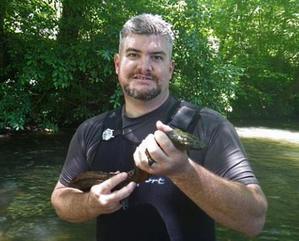 From the Georgia DNR Georgia Wild newsletter:
From the Georgia DNR Georgia Wild newsletter:
Eastern hellbenders have become a bit less elusive in north Georgia.
DNA analysis of water samples from 98 sites across the top of the state have provided Department of Natural Resources wildlife biologist Thomas Floyd a clearer picture of where the massive salamanders are still found in Georgia.
Floyd said the collaborative research with The Orianne Society (“Hellbenders in a bottle,” Sept. 30), part of a larger State Wildlife Grants project aimed at conserving Georgia amphibians and reptiles, “has given us a better idea of hellbender distribution and will allow us to concentrate our conservation efforts.”
That’s good for hellbenders and the scientists who study them (video)….
Hits and misses
The eDNA analysis confirmed the presence of hellbenders at six of 10 historical sites where they had not been seen in at least five years, 13 of 25 streams that had not been physically surveyed before and one site where hellbenders had been reported but researchers had been unable to find them in recent surveys. Also, although what looks like suitable habitat is found in streams that drain into the Chattahoochee, Conasauga, Etowah, Oostanaula and Savannah rivers, samples confirmed the presence of hellbenders only in the Tennessee drainage.
Some results were sobering.
Floyd, who works for DNR’s Nongame Conservation Section, said lab analysis showed that DNA amounts at historical sites that tested positive were minimal compared to levels found in streams with healthy populations. Also, eDNA tests did not detect hellbenders in any northwest Georgia stream, including those in the Tennessee basin where the species had been seen before.
“Hellbenders weren’t even detected from a stream stretch where a specimen was found in 2011, which indicates that – like several of the historical sites – the populations there are likely really small and it is uncertain as to whether they can persist into the future,” Floyd said.
He is disappointed by the lack of hits outside the Tennessee drainage, but says the research will lead to more efficient conservation. “We don’t have to expend time, effort and resources surveying, even in really good habitat, where we now know that hellbenders don’t occur.”
Read the rest of the article in Georgia Wild, here.
See a previous Georgia Wild article on hellbenders, here. It details the sampling technique. (And keep following the links back to trace the project to its beginnings.)
Photo: Biologist Thomas Floyd with a hellbender. Ga. DNR
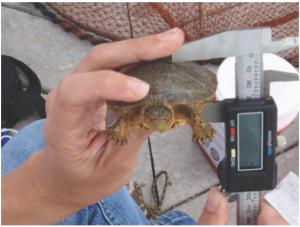 Why are western pond turtle populations declining? The focus has been on habitat decline and competition from non-native red-eared sliders. Recently, researchers from University of California at Davis, California Department of Fish and Wildlife and US Fish and Wildlife Service teamed up for the first study of western pond turtle diseases.
Why are western pond turtle populations declining? The focus has been on habitat decline and competition from non-native red-eared sliders. Recently, researchers from University of California at Davis, California Department of Fish and Wildlife and US Fish and Wildlife Service teamed up for the first study of western pond turtle diseases.
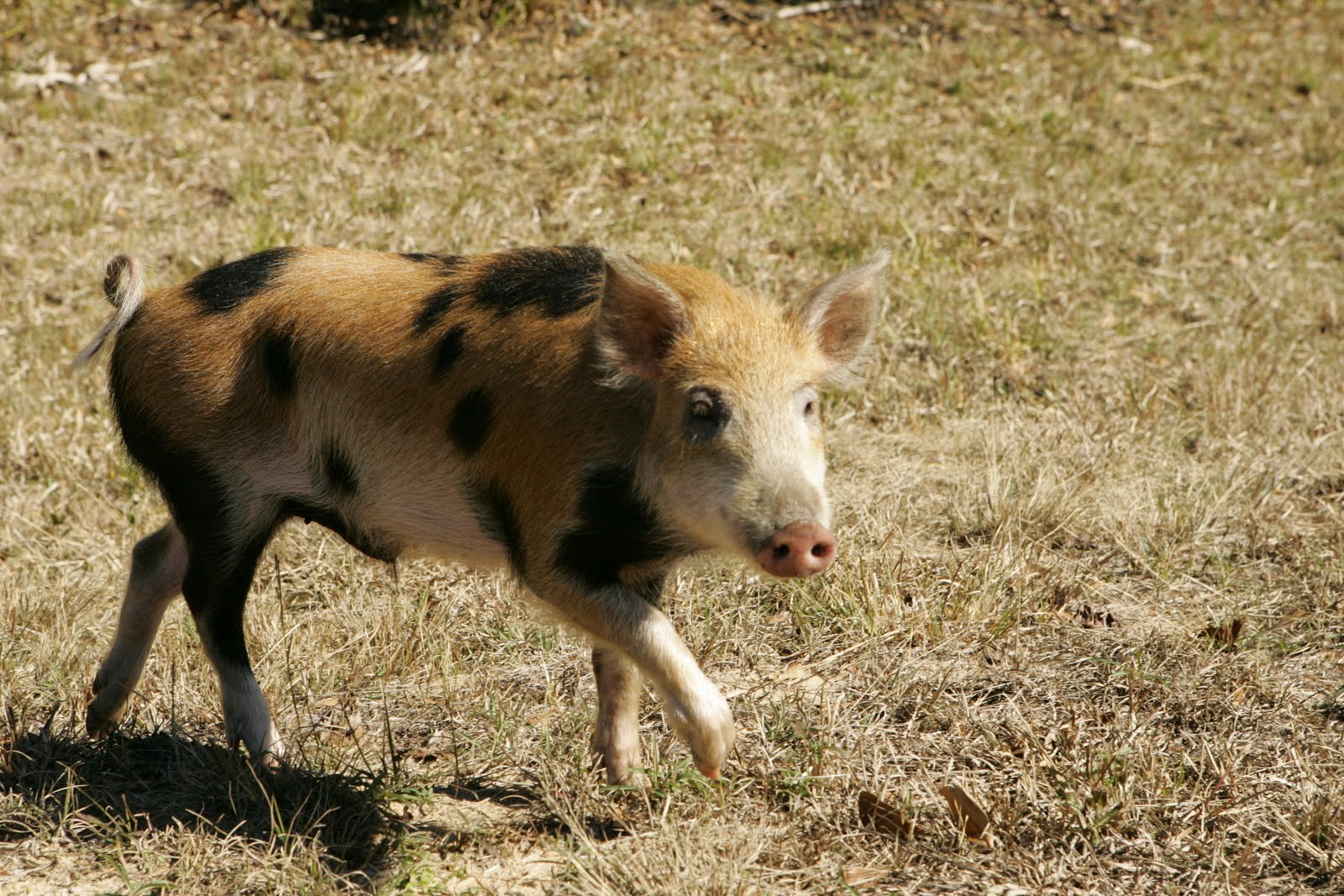 In an attempt to stop the spread of free-range Eurasian boar, the State of New York has proposed to ban the public from hunting or trapping them. Public comments are open until January 25, 2014.
In an attempt to stop the spread of free-range Eurasian boar, the State of New York has proposed to ban the public from hunting or trapping them. Public comments are open until January 25, 2014.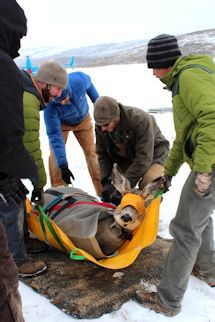 Wyoming Game and Fish Department personnel, researchers with the Wyoming Cooperative Fish and Wildlife Research Unit at the University of Wyoming, personnel from the Bureau of Land Management and US Forest Service, and many volunteers are trapping mule deer for two research projects in southwest Wyoming, a
Wyoming Game and Fish Department personnel, researchers with the Wyoming Cooperative Fish and Wildlife Research Unit at the University of Wyoming, personnel from the Bureau of Land Management and US Forest Service, and many volunteers are trapping mule deer for two research projects in southwest Wyoming, a 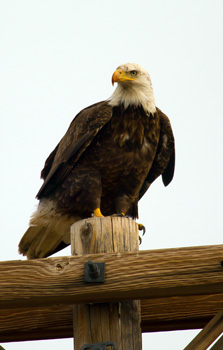 A Utah Division of Wildlife Resources press release
A Utah Division of Wildlife Resources press release 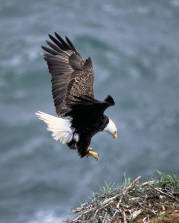 As we reported on the return of snowy owls to the US last week, another part of the story was unfolding. According to news reports, one of the snowies flew into the engine of an airplane and John F. Kennedy Airport in New York City. The Port Authority of New York and New Jersey ordered airport personnel to shoot any other snowy owls on sight. Two of the owls were shot on Dec. 7.
As we reported on the return of snowy owls to the US last week, another part of the story was unfolding. According to news reports, one of the snowies flew into the engine of an airplane and John F. Kennedy Airport in New York City. The Port Authority of New York and New Jersey ordered airport personnel to shoot any other snowy owls on sight. Two of the owls were shot on Dec. 7.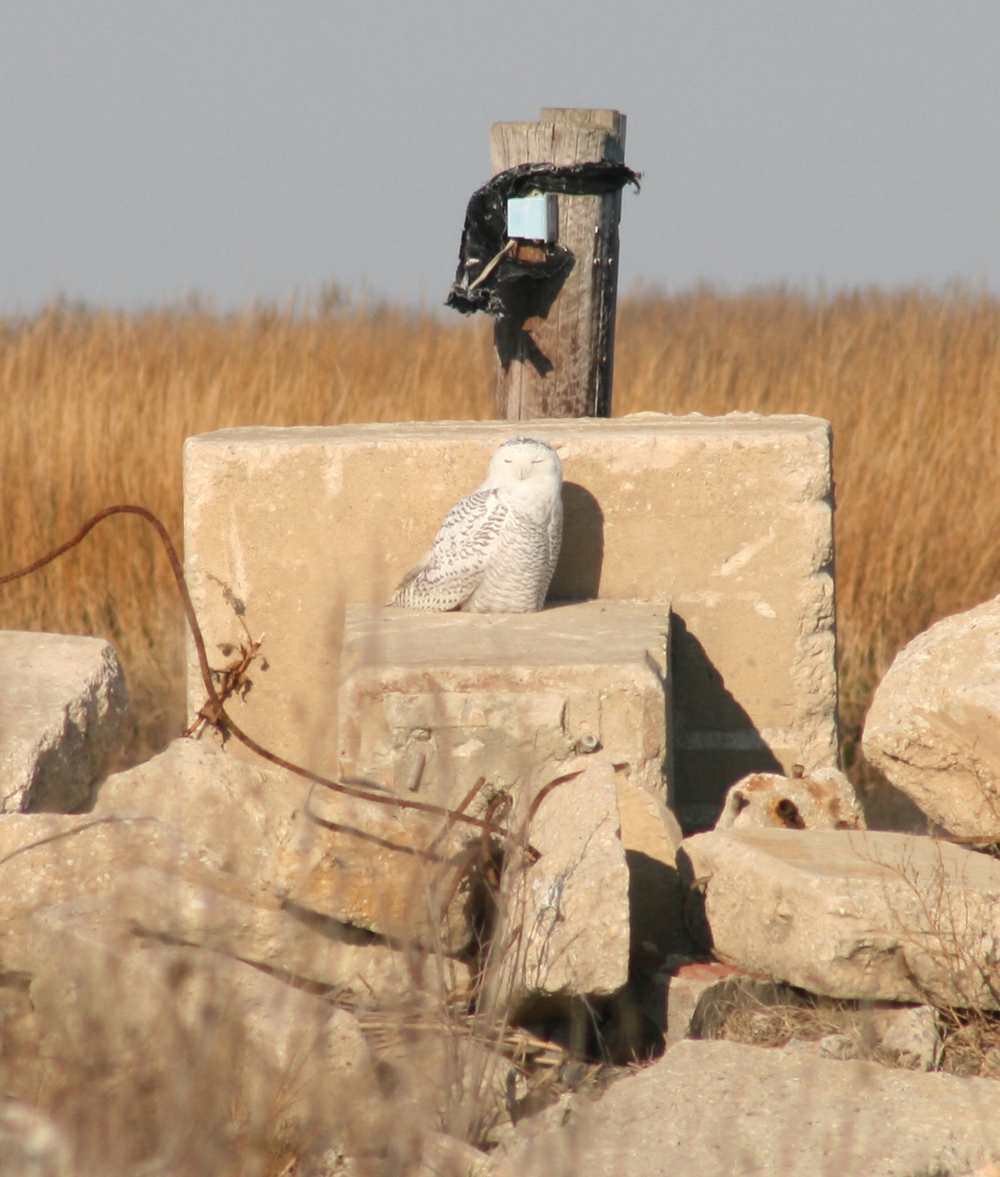 It’s another snowy owl year. The
It’s another snowy owl year. The  From the Georgia DNR Georgia Wild newsletter:
From the Georgia DNR Georgia Wild newsletter: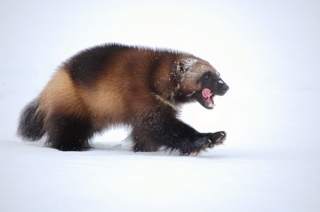 Western states are “feeling that climate change models are not a reason to list species under the Endangered Species Act,” said Bill Bates, wildlife section chief for the Utah Division of Wildlife Resources (DWR) in
Western states are “feeling that climate change models are not a reason to list species under the Endangered Species Act,” said Bill Bates, wildlife section chief for the Utah Division of Wildlife Resources (DWR) in